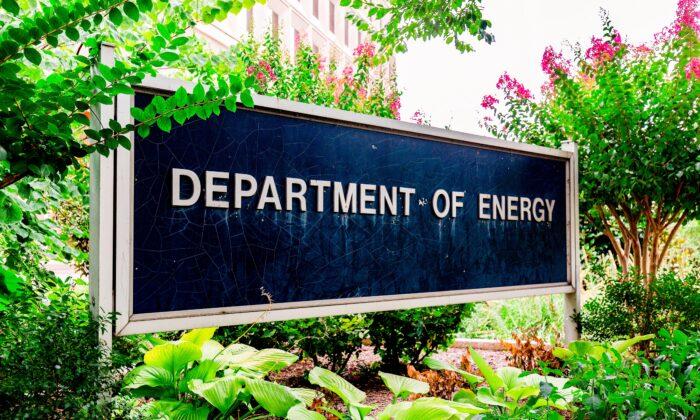The Biden administration has allocated up to $1.2 billion to support the development of two large-scale direct air capture (DAC) carbon management facilities.
This initiative is part of President Joe Biden’s “Investing in America” agenda, which emphasizes the administration’s dedication to addressing carbon pollution. The selected projects, situated in Texas and Louisiana, represent the first of their scale in the nation.
“Cutting back on our carbon emissions alone won’t reverse the growing impacts of climate change; we also need to remove the CO2 that we’ve already put in the atmosphere—which nearly every climate model makes clear is essential to achieving a net-zero global economy by 2050,” said U.S. Secretary of Energy Jennifer Granholm according to the agency press release.
Project Goals
The DAC Hubs program, funded through the President’s Bipartisan Infrastructure Law, is at the core of the project. These hubs seek to establish a network of carbon removal sites, aiding in the rapid reduction of carbon emissions and working in tandem with existing efforts.The DOE voiced concern that Carbon emissions, already present in the atmosphere, could contribute to climate change and its adverse effects on weather patterns, public health, and ecosystems worldwide. The hubs funded by this project are designed to drive carbon reduction and promote community engagement and labor participation, aligning with President Biden’s Justice40 Initiative.
This initiative constitutes the largest investment in engineered carbon removal to date. The DAC facilities are expected to play a pivotal role in shaping future investments, both public and private, that will be crucial in mitigating the climate crisis on a global scale.
The DOE asserts that these combined projects are believed capable of eliminating over 2 million metric tons of CO2 emissions annually, a figure equivalent to the yearly emissions produced by approximately 445,000 gasoline-powered cars. The economic impact is also noteworthy, with the potential creation of 4,800 jobs across Texas and Louisiana.
Direct air capture (DAC) is a process designed to separate CO2 from the air, aiding in the reduction of legacy CO2 levels. The captured CO2 can be stored underground or transformed into carbon-containing products, effectively preventing its re-release into the atmosphere.
Widespread deployment of DAC and similar innovative technologies hold the key to combating the climate crisis and reinforcing America’s competitive edge in the global zero-carbon economy.
Project Highlights
The first DAC is set to be constructed in the Calcasieu Parish in Louisiana, and the project aims to annually capture and store more than 1 million metric tons of existing CO2.The plan prioritizes engagement with local communities and aims to hire individuals previously employed by the fossil fuel industry for 10% of the overall workforce and is estimated to create approximately 2,300 jobs. According to the DOE, they will be implementing diversity, equity, inclusion, and accessibility principles in their hiring practices.
The South Texas DAC Hub will be set up in Kleberg County, TX. The project intends to develop and demonstrate a DAC facility capable of removing up to 1 million metric tons of CO2 annually, and efforts are made to involve the community through the establishment of a Citizen Advisory Board.
That project is estimated to create approximately 2,500 jobs in the areas of construction, operations, and maintenance, with existing agreements for local hiring.
The DOE’s investment reflects the Biden administration’s dedication to advancing its climate agenda and reflects the administration’s focus on environmental issues, consistent with President Biden’s party goals.
The DOE Office of Clean Energy Demonstrations will work, in collaboration with the DOE Office of Fossil Energy and Carbon Management, to manage the Regional DAC Hubs Program. The groups will provide project management oversight for the DAC Hubs projects.
The House Energy and Commerce Committee did not immediately respond to The Epoch Times’s request for comment.







